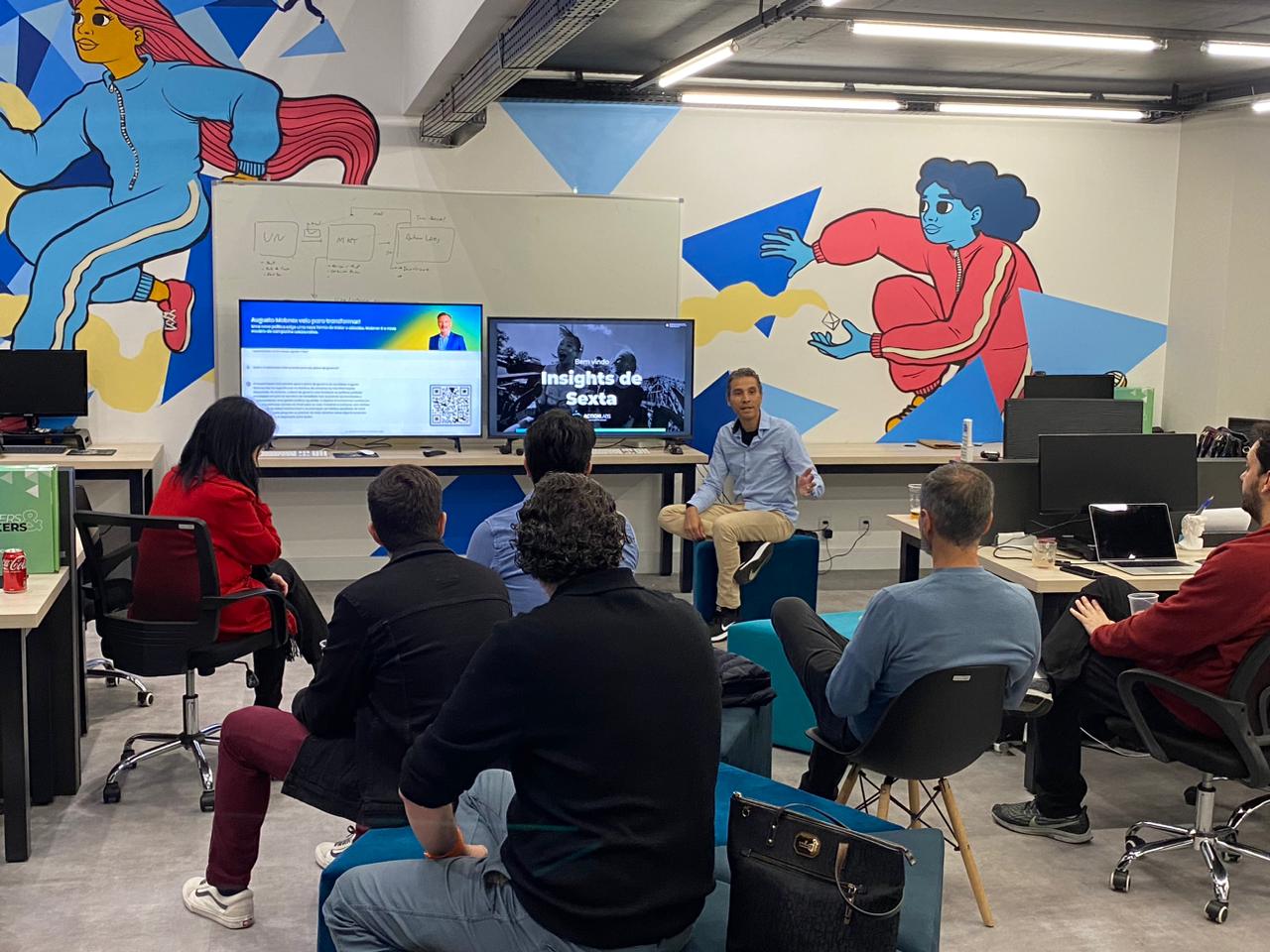User journey is the journey followed by users to reach a goal when they use a product, right? Then, it is key to understand customer experience so that it is well designed.
The good news is that there is a way of doing it unafraid of making a mistake: mapping user journey. If you like the subject and want to know more, keep reading to see how it is important and how to put it into practice!
Is it really important to map user journey?
User journey mapping is a way of viewing user experience and knowing in advance how he is going to interact with the product. It removes the obstacles of the process, thus making it more efficient, because it is based on the customer’s perspective. In practice, we are literally speaking of mapping the journey so that the customer can get the most of it. When user journey mapping is not done, the chances of getting to a less pleasant experience increase. And this means, as we know it, a waste of time and money.
The required speed and innovation nowadays leave no space for mistakes. You cannot launch a product or service and correct bugs and issues afterwards. Competitors are just a click away.
How can you map user journey?
There are some basic steps for making this map and they derive from very well established methods that have been used by the most prominent application development companies. From Design Thinking to Agile Methodologies, from Sprint to User Experience, there are several methods and tools than gather this logical mapping sequence.
Check out bellow how you can create a good map.
Set goals for the map
Deal with user journey mapping as a project. Set clear goals for creating the map. In order to do that, answer questions such as these:
- What kind of user do I need to map the journey for?
- What experience is my map based upon?
This step will help you start visualizing the target customer.
Research and understand users
Now it is time to deeply research about users. Do that through researches, questionnaires and tests to a specific group. Make sure you are researching real customers and prospects; people who your product is really useful for – people who would pay for it. At this point you can start having insights for an efficient user journey that is different from your competitors’.
Create the personas
Then, separate users into groups according to their profile. For each profile, design a fictional representation: a persona. Tell the story of this persona, with their main characteristics, needs and desires. This will help you understand who you are mapping the journey for. This is specially valuable to the team who is designing the project, because it helps them unify the target public.
Identify the touchpoints between users and the product
Next step: identify and list the touchpoints users have with your product. It is also worth it to list those you believe exist. From the way they get to the product to the means by which they access it and use it. It is important to know it all so that you can have insights and make improvements.
Classify touchpoints as follows:
- actions (do users need to do a lot in order to use your product? Is this a good thing?);
- emotions (what do they feel about it? Are the touchpoints pleasant, useful or do they cause indifference?);
- motivations (why do users use certain touchpoints?);
- obstacles (is there anything stopping users from taking the anticipated actions?);
- pain points (is there something really unpleasant in the use of your product? Does any of its features bother the user?).
Sometimes, new features are created from the understanding of the touchpoints. And some are discarded because they end up being unnecessary.
Put Service Blueprint into practice
It is also recommended to create a Service Blueprint, which is a diagram to view the relations between the different components of the service. In this graphical representation, it is necessary to include the people, support and processes which are directly connected to a specific user journey. Blueprinting is a useful approach, specially in omnichannel experiences, which involve multiple touchpoints or require a multifunctional effort.
What practical benefits can user journey mapping offer?
In short, mapping user journey increases the product life cycle and, consequently, reduces the churn rate and improves customer retention. With more happy and loyal customers, the success of the product and the brand is increased. And this is vital in a market that is hungry for novelties.
Did we get to explain what user journey mapping is? Get in contact with us right now and see how we can help you deliver the best experience to your customers!




